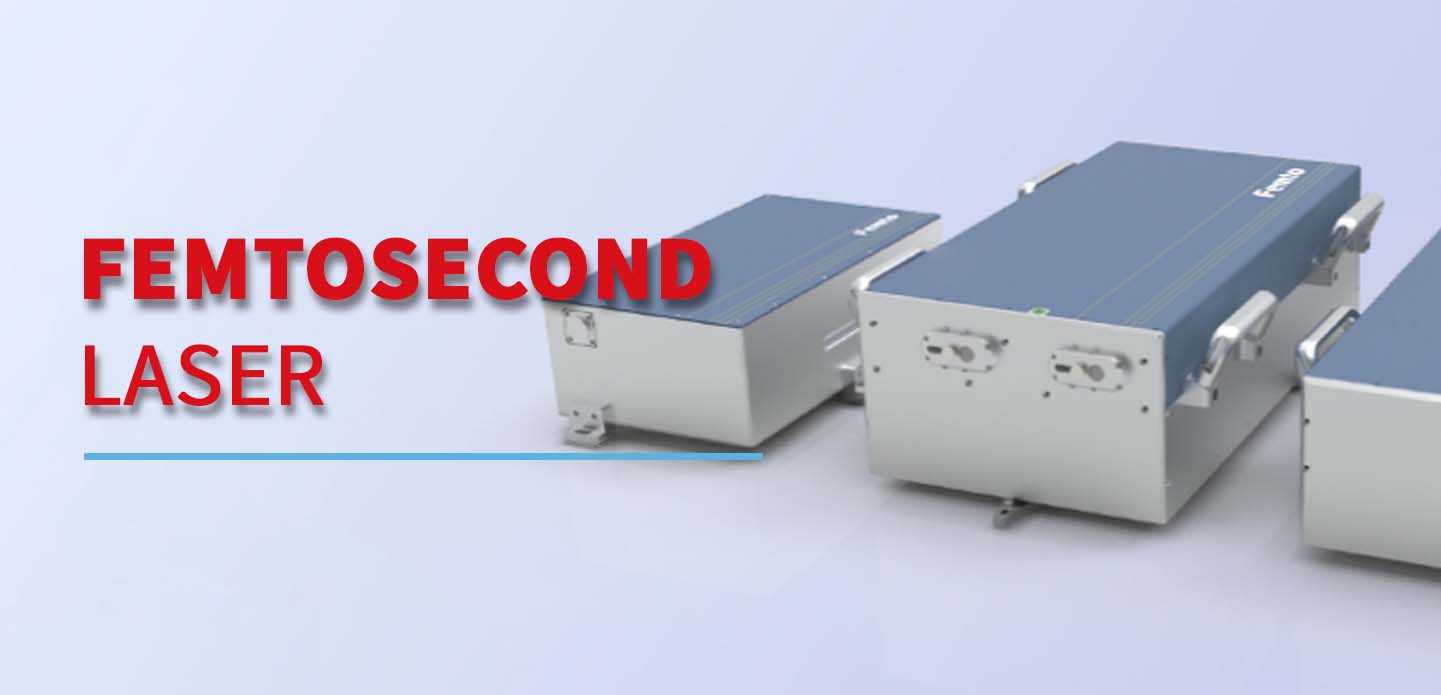Femtosecond laser technology has been at the forefront of revolutionizing various medical procedures, especially in the field of ophthalmology. One of the most significant advancements has been in the area of eye surgeries, where femtosecond lasers have drastically improved precision and outcomes.
Traditionally, eye surgeries such as LASIK or cataract surgery involved the use of manual tools and techniques, which had limitations in terms of accuracy and reproducibility. However, with the introduction of femtosecond lasers, these procedures have been taken to a whole new level.
One of the key benefits of femtosecond laser technology in eye surgery is its ability to create precise incisions with minimal collateral damage to surrounding tissues. This is achieved by using ultra-short pulses of laser energy, lasting just a femtosecond (10^-15 seconds). This incredibly short duration allows for extremely precise and controlled tissue ablation, leading to better surgical outcomes and faster recovery times for patients.
In LASIK surgery, femtosecond lasers are used to create a thin flap in the cornea, which is then lifted to reshape the underlying tissue with an excimer laser. This precise flap creation is crucial for the success of the procedure, as it ensures uniformity and accuracy in the corneal reshaping process. Studies have shown that femtosecond laser-assisted LASIK results in better visual outcomes and fewer complications compared to traditional LASIK procedures.
Femtosecond lasers have also revolutionized cataract surgery, the most common eye surgery performed worldwide. In traditional cataract surgery, manual tools such as blades and needles are used to create incisions in the eye and remove the clouded lens. With femtosecond laser technology, surgeons can now perform key steps of the surgery, such as creating corneal incisions and fragmenting the cataract, with unparalleled precision and safety.
The use of femtosecond lasers in cataract surgery has been shown to reduce the risk of complications, such as corneal edema and endothelial cell loss, while also improving the accuracy of lens placement and refractive outcomes. Patients who undergo femtosecond laser-assisted cataract surgery often experience faster visual recovery and reduced dependence on glasses post-operatively.
Aside from LASIK and cataract surgery, femtosecond lasers are also being utilized in other ophthalmic procedures, such as corneal transplants, glaucoma surgery, and treatment of retinal diseases. The versatility and accuracy of femtosecond laser technology make it an invaluable tool for eye surgeons looking to achieve optimal results for their patients.
In conclusion, femtosecond laser technology has truly revolutionized eye surgery by providing surgeons with unprecedented precision, safety, and efficacy. As this technology continues to evolve and improve, we can only expect further advancements in the field of ophthalmology, ultimately benefiting patients worldwide.
由用户整理投稿发布,不代表本站观点及立场,仅供交流学习之用,如涉及版权等问题,请随时联系我们(yangmei@bjjcz.com),我们将在第一时间给予处理。






